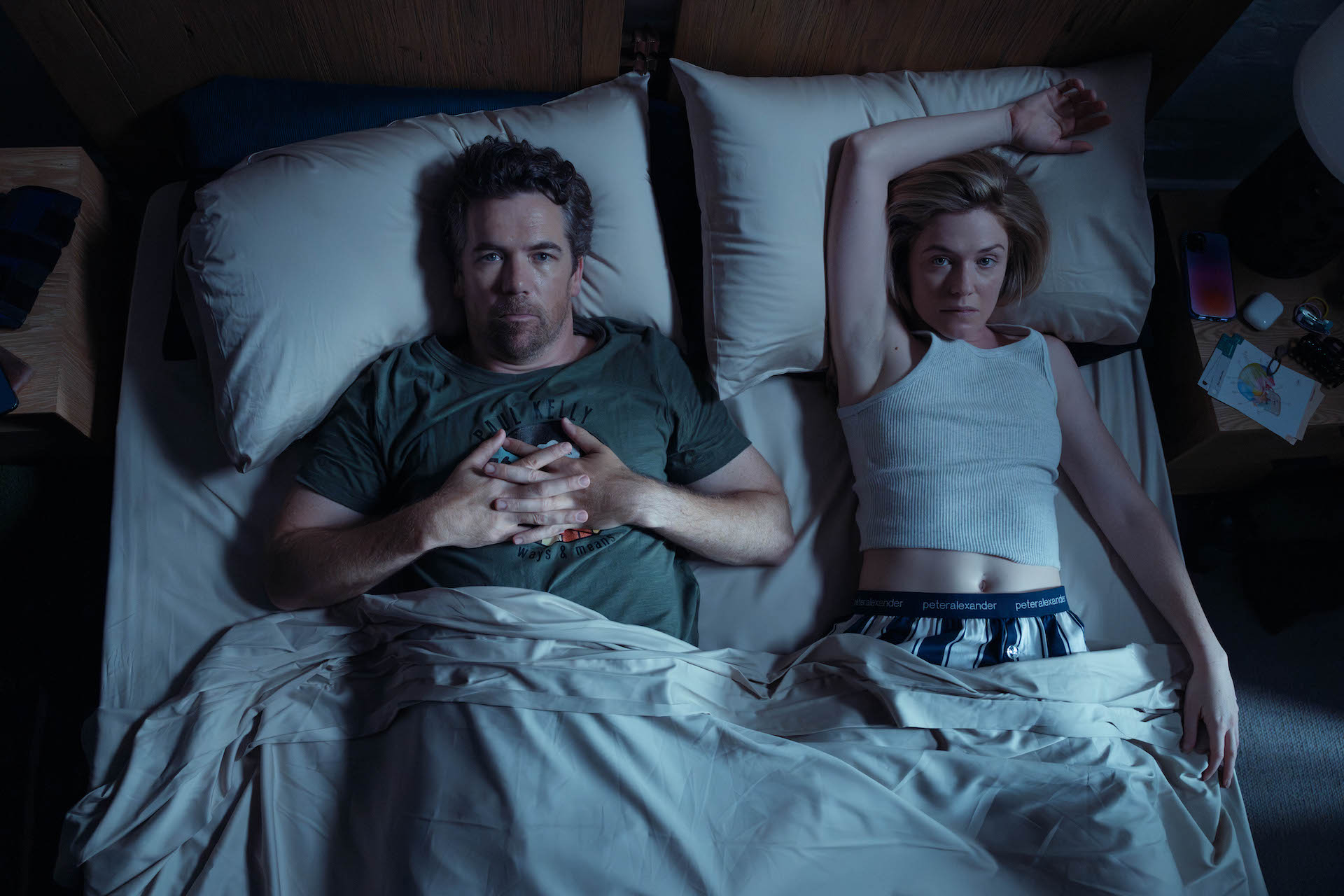When the fourth season of “Stranger Things” dropped on Netflix in 2022, the streamer’s biggest tentpole series was not available all at once to binge — which it had been for its prior three seasons, just as virtually every Netflix show to that point had been released. The show ended on a cliffhanger seven episodes in, and a little over a month later, the two-part finale created another streaming moment.
“Stranger Things 4” had been delayed because of COVID-related shutdowns, and so too was “Emily in Paris” Season 4 derailed by the 2023 writers and actors strikes, causing that show to likewise be released in two batches. According to a Netflix spokesperson, it’s possible “Stranger Things” would not have been released in batches were it not faced with such a decision. Instead of delaying the whole season, Netflix opted to release what it had to fans early and roll out the remainder later when they were ready.
Rather than a sign of a greater shift in strategy, the binge model (for any of its scripted, non-live events at least) is still its North Star, and Netflix believes it has the flexibility to make these content decisions in a way other streamers aren’t able to do. But Netflix is increasingly one of the only major streamers to lean on the binge model, with other streamers each honing their own approaches over time in the post-COVID boom when so many platforms launched at once in a race to catch Netflix.
At Hulu and Disney+, shows like “The Bear” still drop all at once, while “Only Murders in the Building” and others spread out over weeks, and kids shows like “Bluey” drop in batches. Paramount+ uses a bespoke system with case-by-case choices for each show. And, at present, HBO Max does not have a single series it releases for bingeing.
Is there a right method or one model that the entire industry will likely settle on? No, but each streamer will likely tell you theirs is the right one.
“Success in streaming for us right now is all about differentiation,” Jason Butler, SVP of Global Content Strategy & Planning at HBO Max told IndieWire. Butler says being strategic about streaming releases is “not a zero sum game,” with each streamer looking at their competitors and their own rollout strategies just as networks would weigh against others in the same time slot. Using data to create buzz, reduce churn, and keep people coming back will continue to be challenges for any streamer.

“One core commonality across the landscape is that these streaming platforms have actively recognized the value of leveraging a release of episodes across multiple weeks to support that burgeoning buzz, awareness, interest, and engagement for a given show,” Butler said. “It benefits the show itself and the viewers, whether it’s weekly release or batch release, but it’s also supporting frequency of viewing, where the number of times of your returns to a platform in a given month to watch programming is just as critical as the amount of time that’s spent engaging with that programming, which then, in turn, fuels overall platform health.”
One way HBO Max has tried to stand out (aside from adding “HBO” back into its name) is by moving some of its HBO Max originals to Thursday night releases. HBO has a long history of making an event out of Sundays, and that logic has translated to streaming, with HBO Max making its shows available the same time they air on the HBO cable channel. Even “Hacks” becomes available in primetime on Thursday as a means of creating conversation and appointment viewing, not dropping at midnight the morning of release, as most streamers do.
Butler said that, with so many options available, audiences need that “consistent touch point.” HBO Max limits churn by offering those weekly moments, and Butler said the proof is in the pudding with “The Pitt,” which averaged 12 million viewers worldwide across each episode but, more importantly, saw growth week over week for 13 consecutive weeks.
But if you’re Netflix, peppering viewers with an enormous amount of new content every time they log in works just as well. According to Netflix, it likes bingeing because consumers do. And those consumers want to have flexibility to watch when they want, for as long as they want, and not be told when to watch something. And while something like “Wednesday” season 2 is being released in two parts, Netflix sees it as an occasional move that doesn’t inform the streamer’s overall programming strategy.

If there’s any consistency, it’s that there is no consistency. A Hulu rep says it thinks about these decisions title by title and whatever is best for that show, and so too does Paramount+.
“We don’t have a one-size-fits-all approach,” said Jeff Grossman, head of programming at Paramount+. Grossman looks at the type of show, the competitive landscape, and also the marketing. For tentpoles like “1923” and “Landman” that will be marketed heavily, weekly makes sense. But for smaller, acquired shows like “SkyMed” or “Colin from Accounts,” bingeing helps audiences discover and stick with a show. And for “Knuckles” or other Nickelodeon series, having multiple episodes available for bingeing makes kids just want to watch, and re–watch it even more.
Grossman said, ultimately, it’s about getting the audience to spend more time with their shows. Whether it’s hooking someone with weekly episodes, then having the algorithm feed them their next binge, however they get back streaming is OK by them.
“We try not to be doctrinarian in any of our release or programming strategies and really be more responsive to what the subscribers and audience and data is telling us,” Grossman said. “If we start to see a clear pattern, whether it’s against specific genre or type of content, or in general, then we’re going to absolutely be responsive to it and try to learn from it.”



